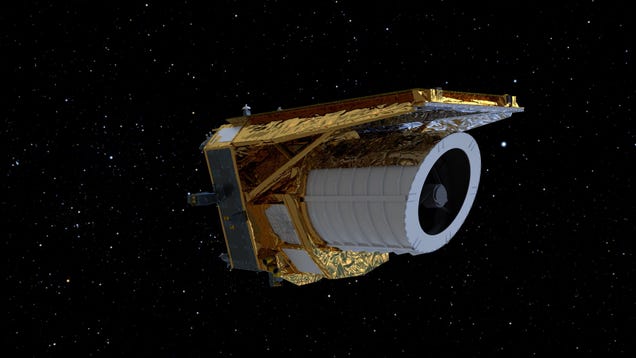
The European Space Agency’s (ESA) Euclid telescope is back in action after an experimental procedure restored its ability to see the light in the cold, dark depths of space.

The European Space Agency’s (ESA) Euclid telescope is back in action after an experimental procedure restored its ability to see the light in the cold, dark depths of space.
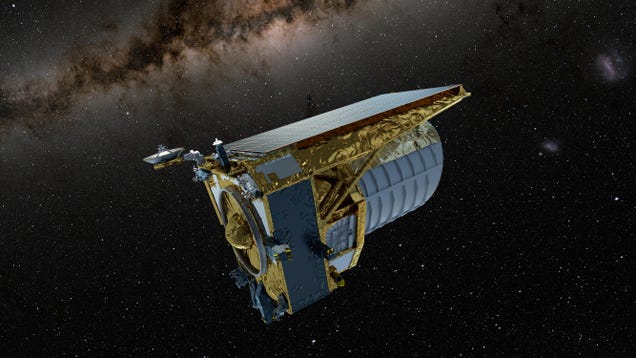
The European Space Agency’s (ESA) Euclid telescope has been gradually losing its vision as layers of water molecules have frozen onto its mirrors. That’s bad news for a mission tasked with observing the dark universe using super-sensitive cameras, but the team behind the telescope has come up with a plan to keep…

A new NASA experiment will take to the skies on a balloon, scanning the space between the stars of our galaxy and listening for cosmic ingredients to understand how the Milky Way evolved over time.
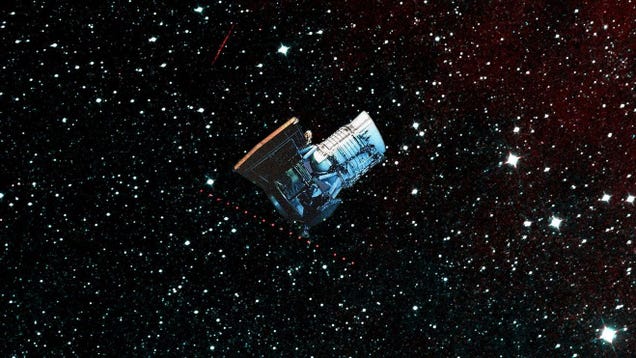
A diligent surveyor of the night skies, NEOWISE is sadly approaching its fiery demise as the Sun’s erratic outbursts are causing the infrared telescope to gradually fall out of its orbit before it eventually burns up in Earth’s atmosphere.
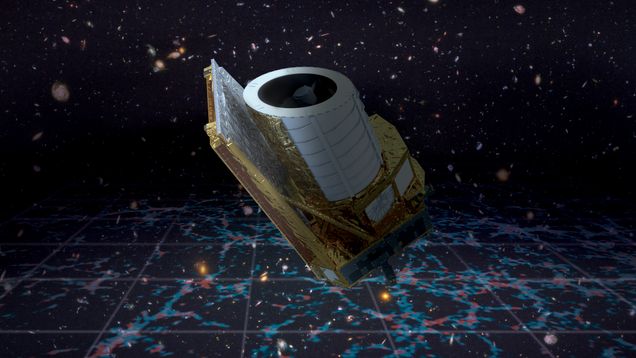
The European Space Agency’s $1.4 billion Euclid space telescope is charged with revealing the dark universe—the 95% of the cosmos we don’t see. On Tuesday, the telescope’s first images will be revealed live.
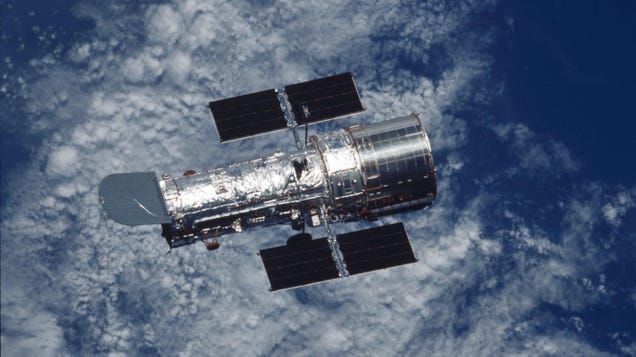
NASA is considering reducing the budget for the Chandra X-Ray Observatory and Hubble Space Telescope as the space agency grapples with its spending for the upcoming year.

Despite a rough start to its six year mission, the Euclid space telescope is ending its commissioning phase on a high after finally being able to find its guide stars again.

The European Space Agency’s Euclid space telescope launched from Earth on July 1 and has since been getting set up to begin its investigation of the dark universe.
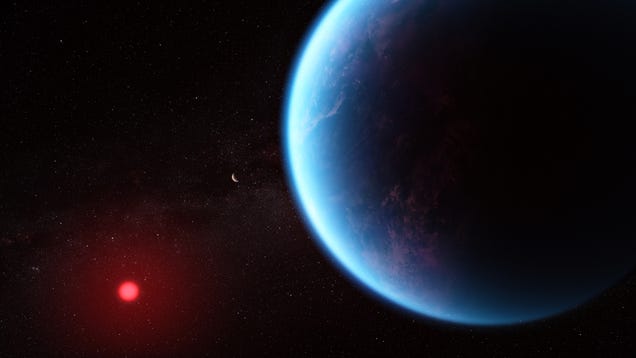
The Webb Space Telescope recently turned its focus to a nearby exoplanet and found that it may be a Hycean world, or a world completely covered in a single global ocean, and with a hydrogen atmosphere. And what’s more, the telescope detected a possible detection—note, possible detection, of dimethyl sulfide, a…
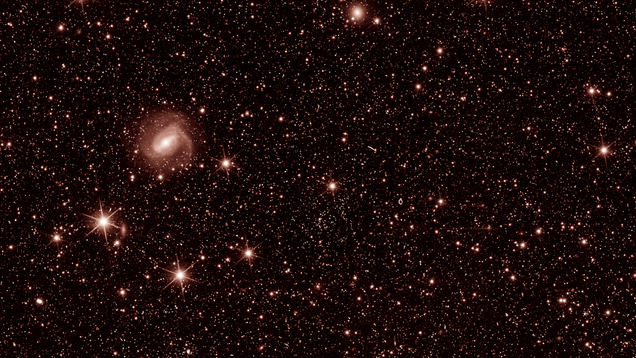
The European Space Agency’s Euclid mission took over 11 years to get off the ground (and Earth), but now the nascent space observatory has produced its first test images of the cosmos.